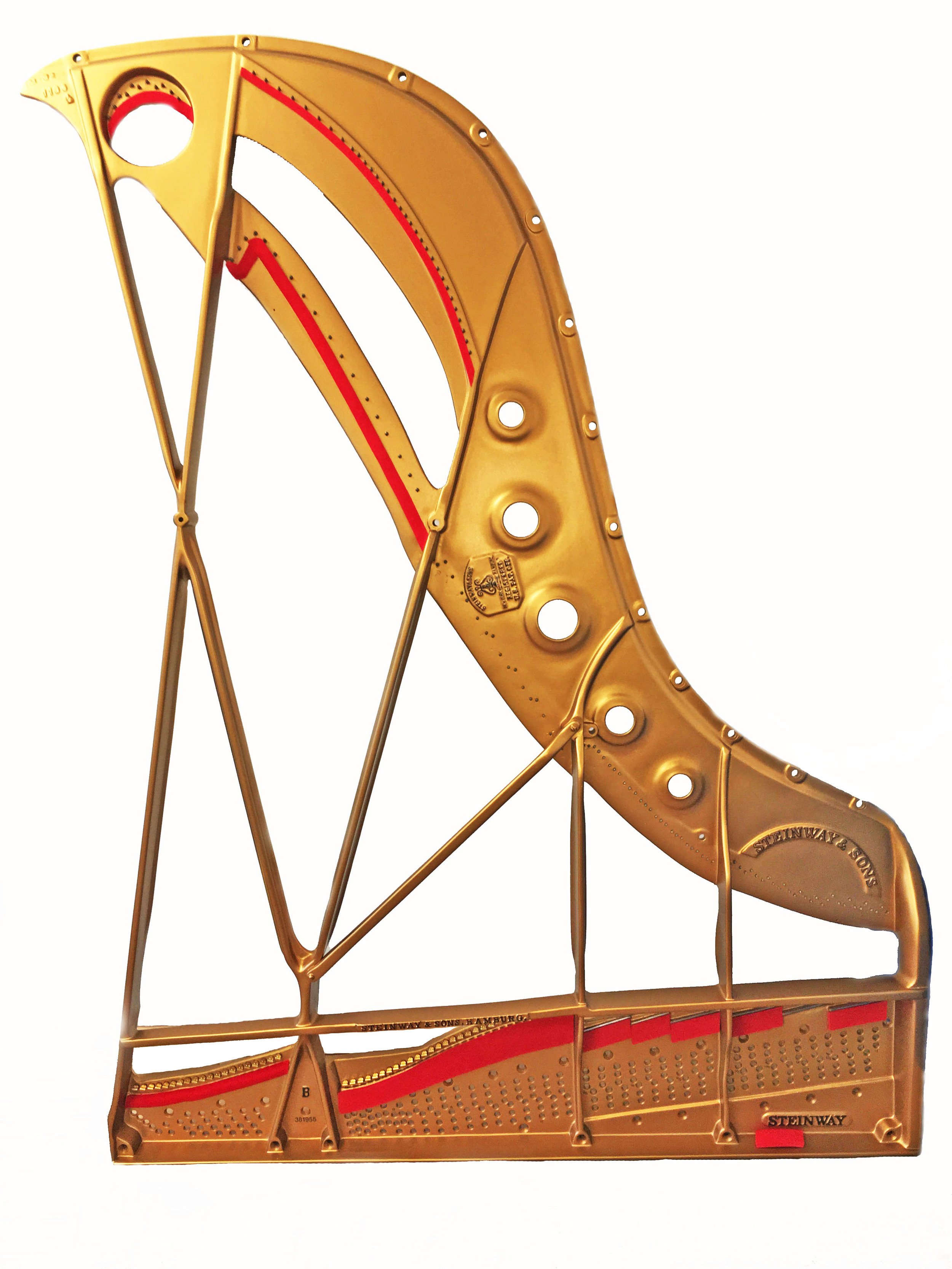Franz Liszt
It is perhaps not obvious to many people that Liszt is very important. As pianists, we owe our existence to him in one degree or another. Indeed, a requirement for our graduation is to give a “graduation recital.” At the end of each year, we see solo pianists perform to the public, often with music memorized. Tracing its history, the word “recital” first appeared in a London press release in 1840 to describe Liszt’s upcoming solo performances. Before Liszt, there were concerts, where many musicians collaborated with only occasional solo appearances; there were also private performances for a limited circle of audience in a more intimate setting. To perform as an individual in front of a large public audience was a new phenomenon in the early 19th century. Not every pianist adjusted to it well. For example, Chopin, who never gave a solo recital in his life, found appearing in public concerts distasteful. He once said to Liszt that : “I am not adapted for giving concerts: I feel timid in the presence of the public; their breath stifles me, their curious gaze paralyzes me; but with you it is a vocation, for if you do not please the public you know how to agitate and confound them.” Liszt’s monstrous international success reshaped our performance practice, and also altered the social status and function of pianists and the piano instrument.
The piano that we now love has a long history, but its current form and capacity were granted during Liszt’s lifetime, thanks to the industrial revolution. In Boston, Massachusetts, a piano maker Alpheus Babcock designed the metal beam, on which all the strings are mounted. His patent for this invention was acquired in 1825. Nowadays, there are around 230 strings on a piano. In order to create pitches, these strings must be stretched. The collective tension of these strings could reach 15 to 20 tons. Prior to this invention, strings on the piano were stretched on wood. These earlier keyboards used by Beethoven and Mozart were softer, smaller, and less durable. Thus it seems reasonable to see records of Liszt breaking the pianos during his performances. A Dresden critic documented a reaction from Liszt’s public audience: “He could have smashed ten pianos: it was heavenly divine!” If the engineering and manufacturing of new 19th-century pianos could be regarded as a victory of human intellect and reason, destroying fragile pianos could then be interpreted as dismemberment of the past.
During the early 19th-century, it was crucial and necessary for keyboardists to learn improvisation. Liszt was a master at this pianistic art. In public performances, it was a common practice that an audience member would suggest a theme from a famous opera, on which a pianist would carry out an improvised Fantasy on the spot. Liszt’s arrangements of Don Juan and Norma are some of the best works of the keyboard improvisation tradition. They are not only music, but also historical evidence. They document what an improvised performance could have sounded like, or perhaps even ideally should have sounded like. They exemplify, and in some sense conclude what had been theorized, written, and taught by many pedagogues, including his teacher Czerny (and perhaps even Czerny’s teacher — Beethoven?).
Liszt also observed the decline of keyboard improvisation after he retired from his performing career in 1848 to further immerse himself in the world of music and culture. The next generation of pianists did not have to create original work (which includes improvising). Hans von Bulow, Liszt’s most remarkable student, was famous for memorizing and interpreting old and contemporary compositions, similar to what most of us do on a daily basis in the early 21st century.
“Steinway model B (1963) plate restored, re-gilded, re-lettered, re-felted, new Agraffe studs fitted - and all ready to be reinstalled back into the piano!”
In 1883, when Liszt was 73 years old, he wrote to Steinway:
Mr. Steinway,
Most esteemed Sir,—Again I owe you many and special thanks. The new Steinway grand is a glorious masterpiece in power, sonority, singing quality and perfect harmonic effects, affording delight even to my old piano-weary fingers. Ever continuing success remains a beautiful attribute of the world-renowned firm of Steinway & Sons.
Owing to my ignorance of the mechanism of piano construction, I can but praise the magnificent result in the volume and quality of sound.
Very respectfully and gratefully,
Franz Liszt
